Vegetables Anybody Can Grow
Start your journey to fresh, homegrown produce with these beginner-friendly vegetables that thrive with minimal care
Why Grow Your Own Vegetables?
Financial Benefits
Save money on groceries while avoiding pollutants in store-bought produce. Some gardeners even turn their surplus into a profitable business.
Superior Nutrition
Home-grown vegetables are far more nutrient-dense than mass-produced alternatives that lose vitamins during transport and storage.
Amazing Taste
Experience the superior flavor of organic, locally grown produce picked at peak ripeness from your own garden.
Essential Growing Tips
Seed Preparation
Soak seeds overnight for better germination, but always follow package instructions for specific varieties.
Regular Fertilizing
Keep vegetables healthy and productive with regular organic fertilizer applications throughout the growing season.
Weed Control
Essential in the first six weeks. Use 2-inch organic mulch to conserve moisture and reduce weeds.
The Easiest Vegetables to Grow

Beans (String or Green)
Beans are warm season vegetables that are very popular with gardeners. They also return nitrogen to the soil, offering a double benefit. Very easy to grow: just drop seeds in a hole and cover with compost.
Growing Tips:
- Grow in warm weather - they don't like cold
- Don't soak seeds before planting
- Space rows 24 inches apart, seeds 4 inches apart
- Harvest while young and tender for best taste
Varieties:
Bush Beans
Don't need support, require least work
Pole Beans
Require climbing support, plant 6-12 inches apart
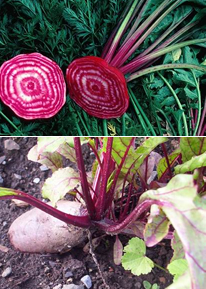
Beets
Beets do best when planted in loose soil. They can be planted throughout spring and summer for continuous harvests.
Quick Guide:
Planting: Soak seeds overnight, plant ½ inch deep
Spacing: 10-12 inches apart
Harvest: 8-10 weeks, 2-3 inches diameter
Tip: Plant second crop 2 weeks later for continuous supply

Tomatoes
Tomatoes will grow in most soils and all but the coldest climates. They can easily be started from seed grown indoors or purchased as young plants after the last frost.
Success Tips:
- Plant deeper than seedling box level
- Give 20+ inches spacing
- Deep water regularly
- Pick as they ripen for more fruit
Recommended: Roma Tomatoes
More disease resistant, fewer seeds, great for slicing or sauce. Use phosphorus-rich 5-10-5 fertilizer.
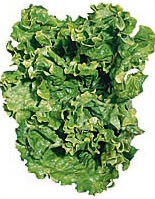
Leaf Lettuce
Leaf lettuces are perfect for cooler climates and much easier than head lettuces. They thrive when temperatures are between 60-70°F and can be planted in early spring or late summer.
Care Instructions:
- • Sow seeds thickly in well-drained soil
- • Keep well watered in hot weather
- • Apply organic fertilizer monthly
- • Mulch with compost or pea-straw
Harvest Tips:
- • Cut leaves as growing, leave core intact
- • Pick from outside, leave 5-6 center stalks
- • Continuous harvest prolongs plant life
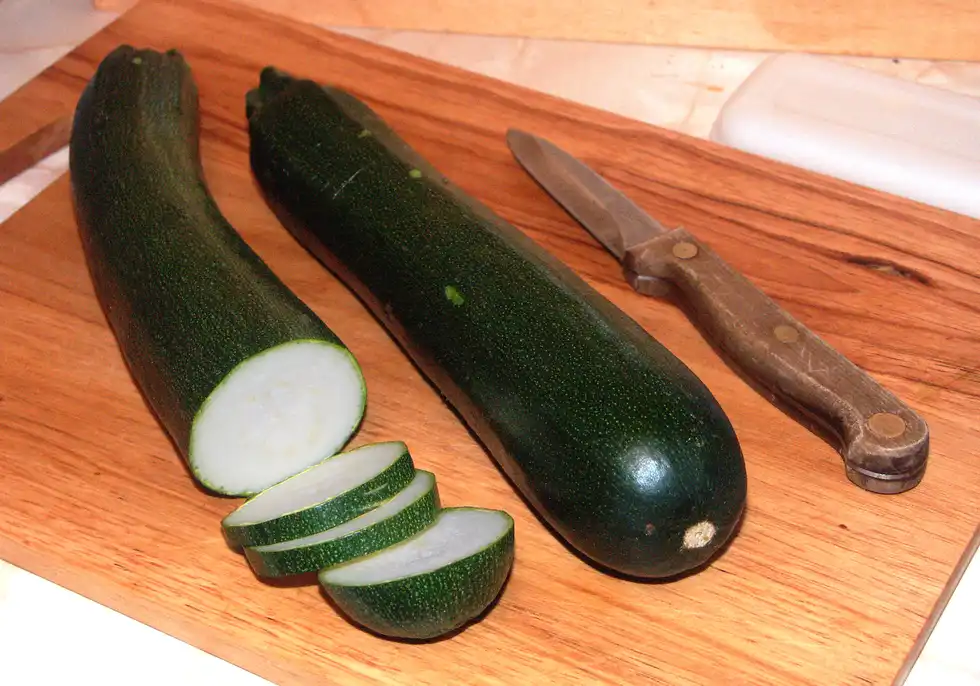
Zucchini
Zucchinis are relatively easy to grow and love warm growing seasons. Green zucchini varieties tend to produce the most fruit.
Planting:
- • Sow 3 seeds in composted soil mound
- • Space 2-2½ feet apart
- • Plant ¼ inch deep after frosts end
- • Keep strongest plant when 4 inches tall
Care & Harvest:
- • Fertilize every 3-4 weeks (5-10-5)
- • Harvest at 6-8 inches for best taste
- • Pick regularly to increase yields
- • Can train up trellis to prevent mildew

Radishes
Quickest vegetable - seed to eating in 4-5 weeks! Cool-season crop that thrives in all climates.
Perfect for beginners: Grows anywhere with sun and moist, fertile soil
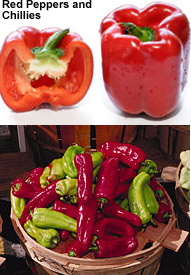
Peppers & Chillies
Warm-climate vegetables that can be grown in pots. May need staking for wind protection up to 30 inches.
Harvest tip: Red peppers have higher vitamin C than green ones
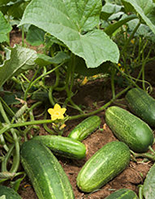
Cucumbers
Plant after last frost, ¼ inch deep. Grow on vines and need minimal fertilizer except in poor soil.
Low maintenance: Perfect for busy gardeners
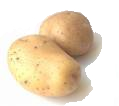
Potatoes
Require very little maintenance. Can grow in patio tubs, raised beds, or traditional rows.
Timing: Early (75 days), Late (90 days), Maincrops (135-160 days)

Peas
Cool-season crop for early spring planting. Sow 1 inch deep, 2 inches apart in well-drained soil.
Soil tip: Peas prefer higher pH - add lime to soil

Eggplant
Space plants 2 feet apart. Benefits from 5-10-5 fertilization every 2-3 weeks.
Varieties: Classic or Ichiban eggplant recommended
Ready to Start Your Garden?
Visit your local nursery for expert advice on what grows best in your area